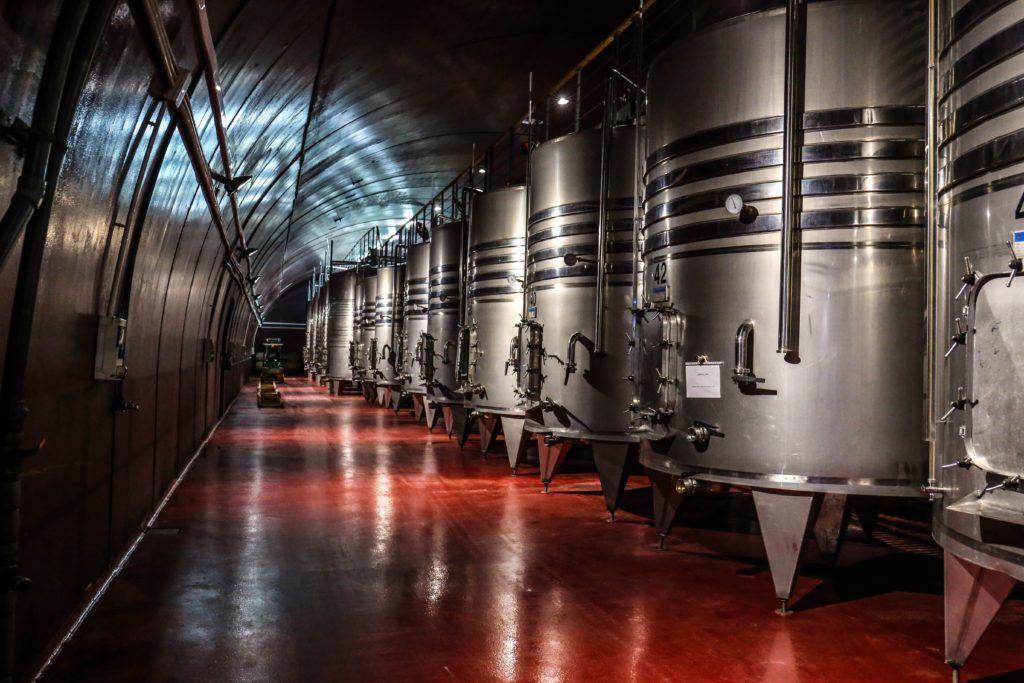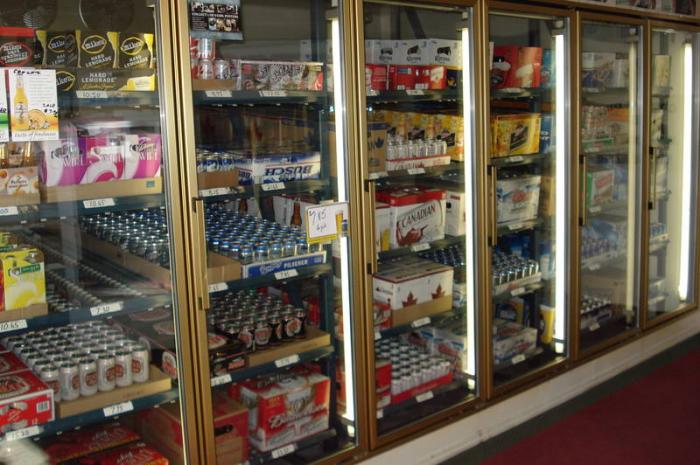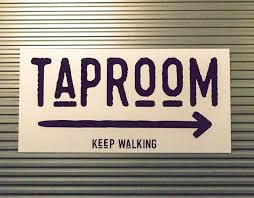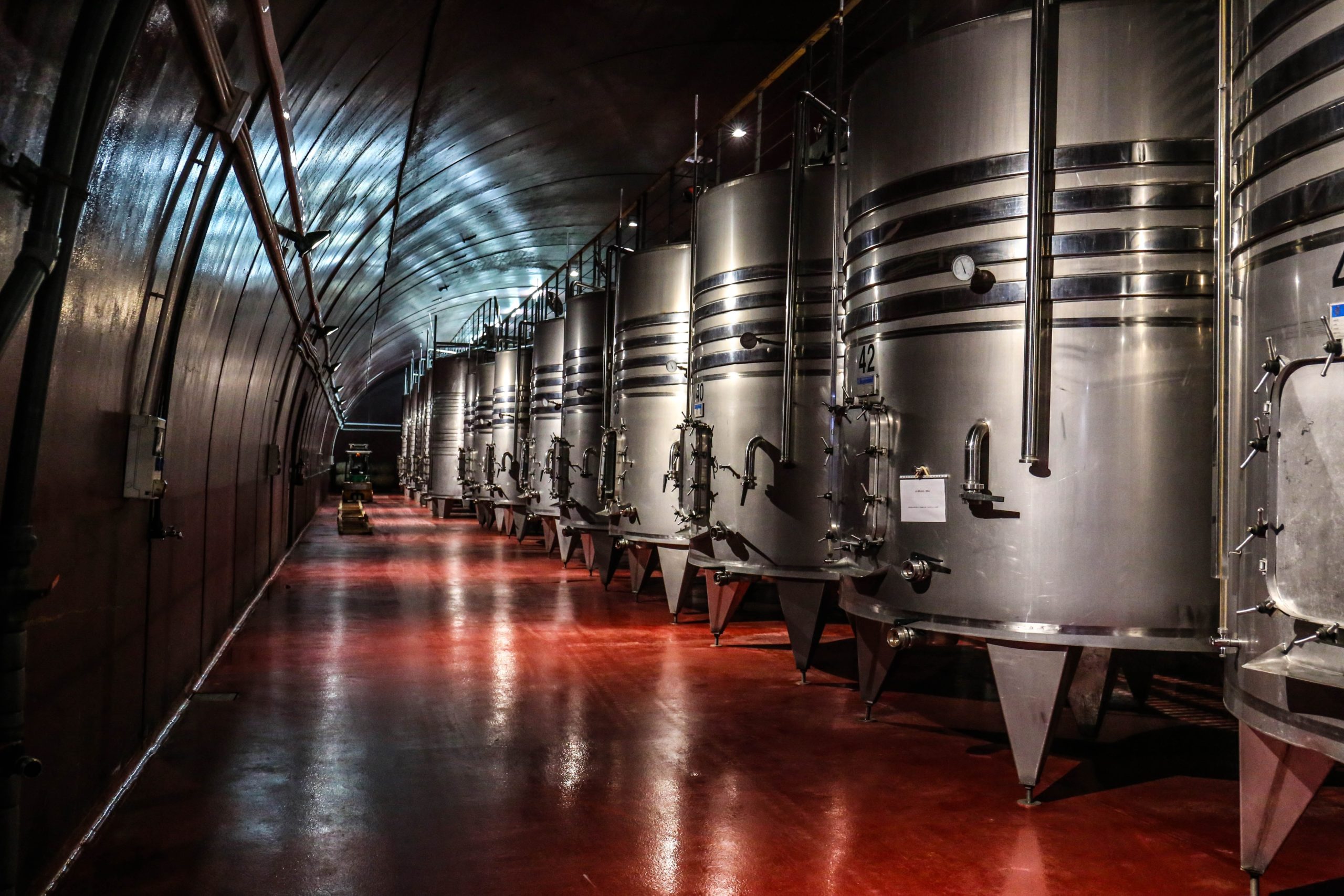
Last week I offered some thoughts about what breweries could learn from those that came before and failed. I offered up 8 lessons to learn (there may be others, this was just a start). You can read that post here.
That post got me thinking about what it takes to succeed (rather than not fail). One of the comments to the post suggested I should highlight breweries that are “doing it right”. While a good suggestion, I am not sure I want to point to specific breweries. Rather, I got thinking about a piece that explored the business models that seem like they have potential.
Of course this is a dynamic, rapidly changing industry, and so what model might work now may not work in a few years. So take that caveat to heart.
What I have noticed is that there has been a noted increase in the number of plausible business models in the industry. In the 1990s, the only model that worked on the prairies was the so-called Alley Kat/Wildrose/Brewsters Model. Offer four or five core beer, including a blonde ale/lager, a brown ale, a hoppy offering and, of course, a fruit beer or two. The fruit beer became, inevitably, the most popular beer and kept the lights on, while reputations were built on the other offerings.
But things are different today. I believe there a few ways to make a living brewing beer in this region. Below are my initial thoughts on what those models are. I reserve the right to amend and update this list as I consider things further. Factors I considered include the approach to the beer (styles, core line-up, rotational, etc.), brewery size, target market, scale of distribution, and revenue sources. I did not consider aspects that I consider marketing, such a labels, overall branding, strategies for attracting business (live music, promotions, hosting events, etc.), and so on.
Also, I fully recognize anytime you try to create a taxonomy, you necessarily over-simplify. So take that caveat as well. Finally, I, for the moment, am excluding contract brewing and the options it provides. That is a huge complicating factor that I will try to address at some point in the future.
Model #1: The 1990s Approach
I mentioned this model above. Today’s well-established brands in the region built their business by leveraging local and offering beer that would appeal to consumers not familiar with craft beer. The 1990s was a slight tweak on the 1980s – aka Big Rock – Model. It clearly still works as those breweries are still going strong.
I am less convinced a new brewery could open with that specific model, but with some tweaks (see below) it is still a very viable approach.
Strengths: Offers an accessible gateway offering to introduce craft beer while still providing something for a wide range of consumers, including more serious craft fans. Creates space to build a lasting brand. Flagships create the cash flow to allow for some limited experimentation.
Weaknesses: Likely works better in a less-crowded market. The appeal of light-bodied beer and fruit beer remains undeniably high, but does a flagship of that nature allow a brewery to stand out anymore? Requires a patience that may not be possible in this fast-moving industry.
Model #2: Broad Appeal Production Brewery

This is one of the tweaks on Model #1. Here we are looking at a brewery that builds slightly larger with the goal of broader distribution. They provide, like Model #1, a range of styles with an eye toward approachability and appealing to a broad audience. They are large enough that provincial and regional distribution is necessary or at least a medium term goal.
Strengths: Can create deeper and broader brand awareness for longer term stability. With appropriate support can sell more beer and take advantage of production efficiencies. Ability to build upon early positive reputations and successes.
Weaknesses: Requires significant capital input upfront, with the flipside of having potentially impatient investors. In a crowded and dynamic market, growth can be slower than anticipated, creating cash flow problems. Mistakes or poor quality product can be particularly damaging to reputation and, therefore, prospects.
Model #3: Multi-Segment Production Brewery
This may be the trickiest model to stick the landing. The design is to build a production brewery (i.e., focused on retail sales), but attempt to extend the boundaries of what production breweries produce. The beer style selection is a bit edgier, the choice of core brands less expected, but there remains a commitment to broad appeal. These breweries will have an anchor that is an accessible option, but likely not a fruit beer. That core beer will be accompanied by other beer that push the production envelope somewhat, stylistically. More out-there styles will populate the rotational list. The goal remains a slightly larger distribution, but “in their own way”.
Strengths: In a way gets the best of both worlds. You get to develop a reputation for quality, innovative beer while also selling decent volumes of beer. Large enough capacity to meet demand but small enough to remain nimble.
Weaknesses: Quality is everything here. If you fail to build a reputation for quality product, you won’t create the buzz or move the volumes that you need. Access to capital and cash flow can be a challenge in the early days. Generally a bit of a high wire act.
Model #4: Tap Room Brewery

At the opposite end of the scale is the small brewery that sells most of its beer directly from its tap room. Brewhouse size tends to be smaller and location, while still important, is less crucial than some models (see below). The goal is to build a small, loyal customer base who connect with the story, the local angle and the feeling of being a trailblazer. The model takes advantage of the higher margins that come with selling your beer at retail prices without distribution and other costs.
Strengths: Lower upfront capital and ongoing operating costs. Can take advantage of micro-marketing to hit desired target markets (geographically, demographically, etc.). More opportunity to experiment and offer innovative styles. Also more space for quality variability due to the smaller, more loyal fan base.
Weaknesses: Limits to growth and revenue generation. Less ability to respond to market demand if something is successful. Limited capacity for broader reach or brand development. Small size means more vulnerability to market fluctuations and/or internal challenges.
Model #5: Small, Local Brewery
This model takes the tap room model up a notch. Much, if not a majority, of sales still come from the tap room, but there is an added interest in some local distribution. The brewhouse is still fairly small, but they add a packaging line and push keg sales more. The intention is to distribute only in the local community and environs but the model offers a bit of a hybrid. The importance of the accessible anchor increases but there is still plenty of space for experimentation. Profile is a bit higher but remains a local story.
Strengths: More opportunity to build the brand locally. Creation of multiple revenue sources and some limited opportunity to grow. Retains local story and appeal for those interested in that niche, while broadening the overall audience. Anchor brand can be more innovative or edgy.
Weaknesses: A bit more capital commitment upfront. Need to sell to off-site clients without the size or resources of larger breweries. Limited ability to meet successful market demand. Division of resources and attention. Increased need to have a noticeable anchor brand.
Model #6: Push the Boundaries Brewery

This model may not be a full-fledged model (I can’t decide), but it is a conscious business approach taken by some breweries. So for now I will leave it as its own model.
The crux here is that the brewery intentionally leads with ambitious, edgy styles and approaches to styles. The aim is to build a reputation among craft beer aficionados as being a brewery for them. Obviously quality of the product is essential, but so is creativity, being on top of trends and innovations, and a panache at niche marketing. The size of the brewery can vary (which is why I am not sure it is a full model), but generally goes beyond a taproom-only brewery with a component of packaging and distribution.
Strengths: Can play in the “deep end” of beer styles. Offers room for mixing up offerings and thus less reliant on a core beer. Once reputation is established, gives room for a higher price point and, therefore, higher margins.
Weaknesses: Less ability to appeal to a broader audience (although that may be changing over time), limited market penetration potential. Highly dependent upon consistently offering quality AND creativity.
Model #7: Brewery with a Restaurant/Restaurant with a Brewery

My last model is quite different, and highly recognizable. Here I would include the classic brewpub, but also those breweries that have some distribution but anchor the business around the restaurant. The key here is that we are talking about more than a tap room with a kitchen offering paninis, pizza or other lighter fare. The core of this model is a full service restaurant with a full menu, broad range of drink options and an attention to food in addition to beer. These breweries are part of the restaurant industry, which is a notoriously difficult and complex business to be in. Thus a whole other set of skills and knowledge is needed.
Strengths: Multiple avenues for promotion of the brand (via beer, food, atmosphere, etc.). Create a home base for sale of beer (at retail prices). Can provide a full-range entertainment experience.
Weaknesses: Fully engaged in the challenging restaurant industry, complete with its additional staffing requirements, complex planning, capital and operating needs, etc. Brewery reputation becomes dependent upon food quality and overall customer experience – things not related to beer itself.
Final Thoughts
So, for the moment, I have identified seven distinct business models. I recognize that life is more complex than theory. As I tested the models by trying to classify breweries I know, some breweries didn’t quite fit, or could reasonably be slotted in more than one. I don’t think that is a weakness of my taxonomy, but a recognition that the industry is increasingly complex. However, I still think that if we strip each brewery down to its core approach, they fit into one of these models.
In which model does your favourite brewery fall?
Am I missing a model? Am I completely out to lunch? Distinct possibilities.


October 9, 2019 at 10:58 AM
Could you give some examples of what breweries fit each of these models?
October 9, 2019 at 11:07 AM
I debated it when writing. While it would clarify what I mean, I got concerned it would be perceived as “singling out” breweries or proclaiming them as a success (and, by omission, slighting those not mentioned). I figure most people can point to a brewery that fits each model well (and to breweries that are harder to pin down).
October 25, 2019 at 8:47 PM
Brewpub is the best scenario. Bushwakkers, Spinnakers, Great Food and Great Beer! If you’re drinking, you should be eating, and not chips and junk.